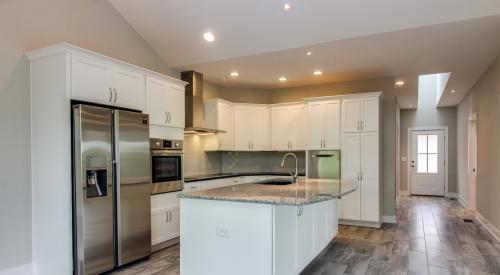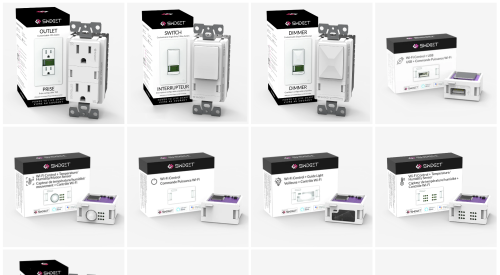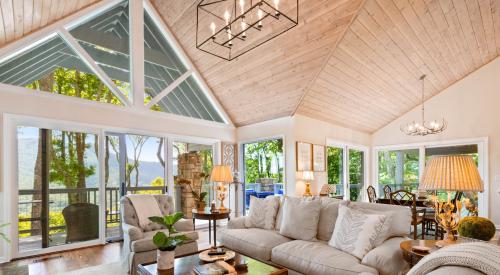High-performance homes can save money for its homeowners, and they don’t have to break the bank for homebuilders either. Six builders came together during EEBA’s webinar, Voice of the Builder, to share their tips for building cost-effective, high-performance homes.
The EEBA presentation includes lessons learned from six builders across the country who are building award-winning production, custom, affordable, and multi-family homes that achieve remarkably high performance levels—in some cases at little extra cost compared to code construction.
Learn how these builders are using the requirements of the U.S. Department of Energy (DOE)’s Zero Energy Ready Home Program to help them build and sell homes that are zero energy ready, healthy, and cost-effective.
HIGH PERFORMANCE HOME ADVICE FROM EXPERIENCED BUILDERS
Here are six pieces of advice from builders who have a hand in the high-performance home market.
1. Get your tradespeople involved early on
For Tim O’Brien, president, Tim O’Brien Homes, the biggest challenges are getting the trades involved in net zero energy.
“There’s a learning curve,” says O’Brien. “Getting them involved early on is key, especially the mechanical trades like HVAC and plumbing contractors.”
One challenge comes from a focus—or lack of—air-sealing. When contractors put holes in walls for wiring or plumbing, discrepancies can slip through the cracks.
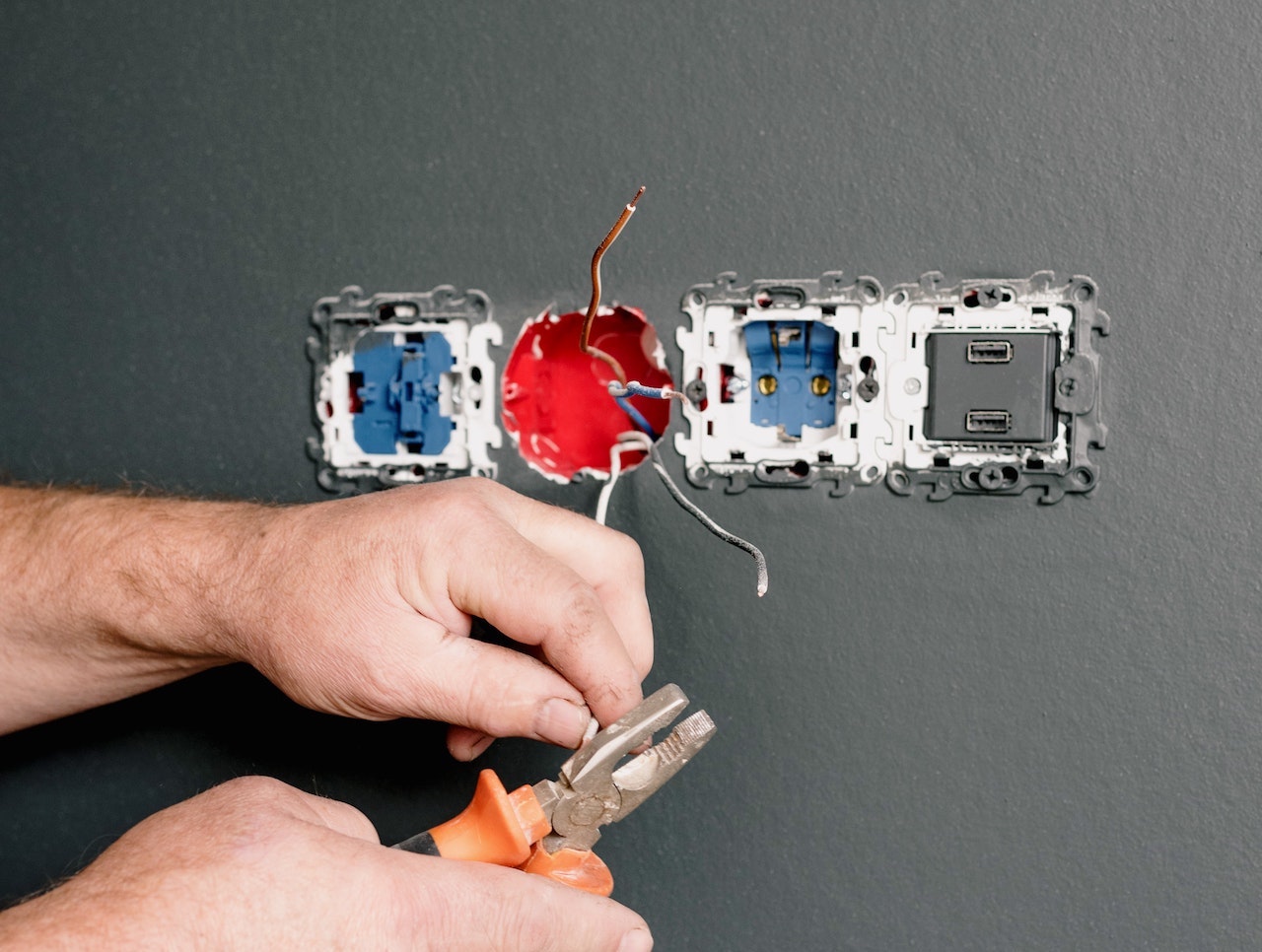
“Once we got everybody on board with air-sealing, and when we became very persistent on education and checking for air sealing, we saw our air changes per-hour go down dramatically,” says O’Brien.
He’s also found that the tradespeople they work with learn a lot about the performance of a home, and see their own execution as being improved through the rigorous process. This includes their work with other builders as well.
2. Find a good (or great) energy Rater
Energy raters are key for building high-performance homes, and are valuable as a starting point.
Builders who are looking to adopt building science best practices into their process may find it overwhelming, according to Jay Epstein, president, Healthy Communities.
“You need to tie yourself up and be partnered with a good energy rater—they’ll guide you through the process,” says Epstein.
3. Determine the biggest bang for your buck
Builders have many tricks and ‘secret sauces,’ but what are the most cost-effective ones?
For Todd Usher, it’s exterior insulation.
“One-inch foam board on the outside of the house gives us a huge return in not only energy savings, but in comfort and quiet for the homeowners,” says Usher, founder and president, Addison Homes.
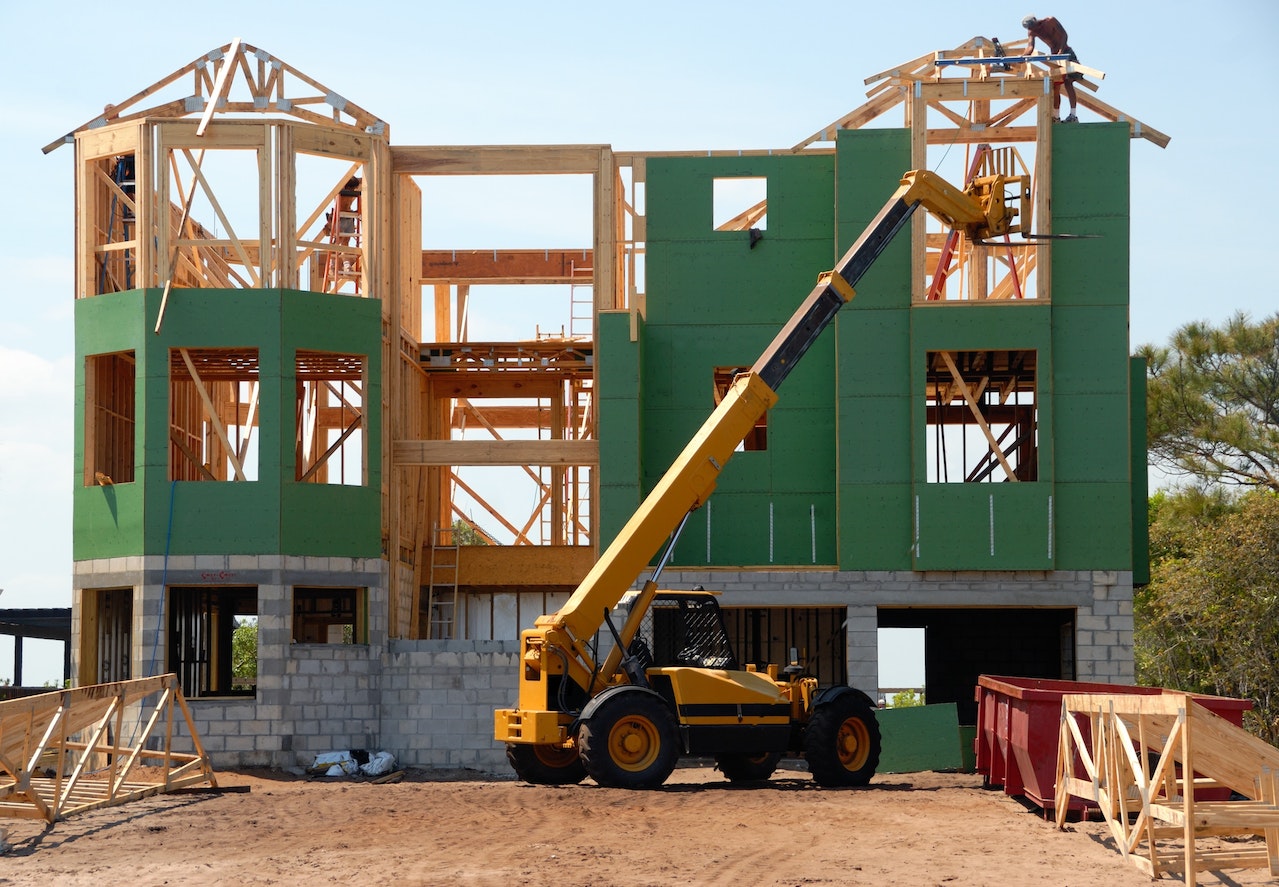
He’s not the only one who believes that improving a home’s air-tightness gives builders the biggest high-performance bang for their buck. O’Brien finds that exterior insulated sheathing is a great thermal blanket for a home, and helps take some of those cold spots out of its exterior corners and wall system.
“It’s pretty cost-effective, and the performance is well worth it,” says O’Brien.
Anthony Maschmedt, principal, Dwell Development, echoes their thoughts. Dwell applies a fluid-applied membrane on the outside of the house to increase its air-tightness. The permeable membrane is painted onto the exterior, becoming a part of the house’s sheathing.
A lot of builders use house wrap underneath their siding. Though that’s very typical, it can tear or be compromised, leading to water getting inside the building or causing other issues, according to Maschmedt.
“[The liquid-applied membrane] is our secret sauce,” he says. “They do this a lot in commercial buildings, and it makes sense for residential, but no one’s taken that leap yet.”
Maschmedt’s product of choice, Enviro-Dri, is “very cost-effective.”
4. Consider the net-zero energy ready pros and cons
Some builders have to transition into the high-performance, net-zero home building methods. For Usher, it’s what he’s always done.
“I tell folks that we’re competitive with any other builder in our market, but we’re building a far better product by following the DOE ZERH standards,” he says.
But what about the cost? Maschmedt poses an important question: What does it cost if you don’t do it?
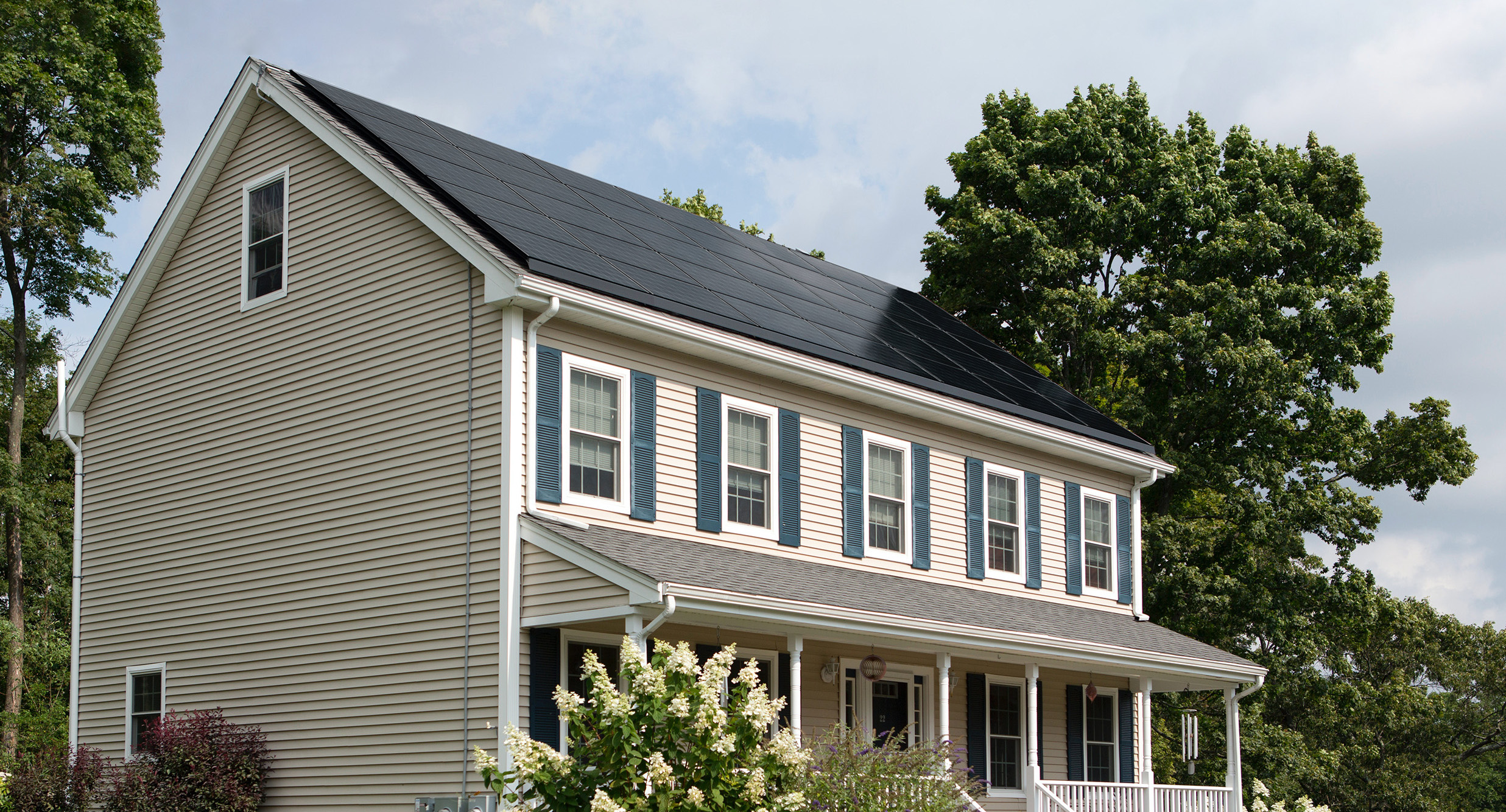
The market is going in the direction of zero energy. Buyers want it, climate change is affecting everybody’s decision-making processes, so getting into the game is crucial, according to Maschmedt.
As far as cost goes, Dwell Development finds that the company makes up for that in the back-end because homes become more valuable with ZER.
“So for me, there is no cost,” says Maschmedy. “But if you’re looking at dollars-and-cents, for rural development it’s about a 3-4% additional cost to get a code home to a net-zero energy ready home. When you do this you get recognized for it, and having that DOE recognition is a badge of honor.”
5. Look optimistically, but cautiously, into the future of high-performance products
With each passing year, technology innovates, bringing exciting products to market.
The next move? Battery storage—at least for Rick Wertheim.
“Now that battery storage has moved past the Tesla Powerwall, [companies like] Panasonic are bringing products to market for residential projects,” says Wertheim, senior vice president, housing and green initiatives, United Way of Long Island.
RELATED: Panasonic Introduces the Swidget Modular Smart Device
He also considers the innovations in electric vehicle (EV) charging, and how that may couple with battery storage for residential homes. Another innovation Wertheim is optimistic about is thermally-driven heat pumps.
Not only do thermal-heat pumps do space heating and cooling, but also domestic hot water. For Wertheim, that eliminates an entire appliance—the air-source heat pump—from needing to be installed and maintained.
Epstein, however, suggests being careful in the face of shiny new products.
“We have such great products on the market today that are proven to work well,” he says. “When you bring that next piece in, make sure you know how it performs against what you already have in the house.”
6. Think: What could I have done differently?
Even the most experienced of builders learn something with every project. This begs the question: ‘What could I have done differently?’
- Marketing
“There are a number of things we could look at with trade relations and training, but one of the areas that seems to have limited us a little bit is the way we approach some of our marketing,” says Kevin Brozyna, vice president, Insight Homes.
When builders are always trying to push the envelope in terms of new products, systems, and technologies that are on the forefront of the market, it creates a branding challenge. Brozyna feels that sometimes it forces him to use brand recognition in the company’s marketing in order to compete with other production builders.
“In the future, if we were to look at how we would market, we might be a little more brand-agnostic and not pigeon hole ourselves into using certain brands,” says Brozyna.

- Plans
“If I were to do it again, here’s the advice I’d offer,” says Wertheim. “I would put much more emphasis on the construction documents—the plans.”
Don’t just commission a standard building department set from your building professionals. Wetheim believes that technologies like building information modeling (BIM) software offer huge opportunities to the high-performance builder.
Overall, the point is to design on the front-side how to build a better home, helping designers—and the clients—to understand what it is you’re going to build.
“Don’t commission a set of plans and say ‘I’m going to get it through the building department and figure all this stuff out afterwards,’ because that’s something I thought I could do on the fly,” he says. “It didn’t work out well.”
- Products
Another recommendation from Wertheim? Vet more of the high-performance building products that are out there.
From the get-go, when you have a good idea of what you want to do with your project, you should curate your products. Your manufacturer representatives are really great resources, according to Wertheim.
“Not only do they want to sell you stuff—they want to educate you, because they want to move their high-performance products to market,” he says. “If we have more builders executing on the better products, it works out for everybody.”
- Community
The last thing Wertheim would have done differently is tap into a builder community.
RELATED: McIntosh and Daughter Builds Better for Bonners Ferry
“Instead of looking at what my brother-in-law’s doing on Facebook, I would have spent more time chatting with builders in my climate zone,” he says.
As high-performance home builders are eager to share their knowledge, it’s easier than ever to connect with them online. So go find a community of like-minded builders on Instagram, or start up a Facebook page for your business, and get to work.




